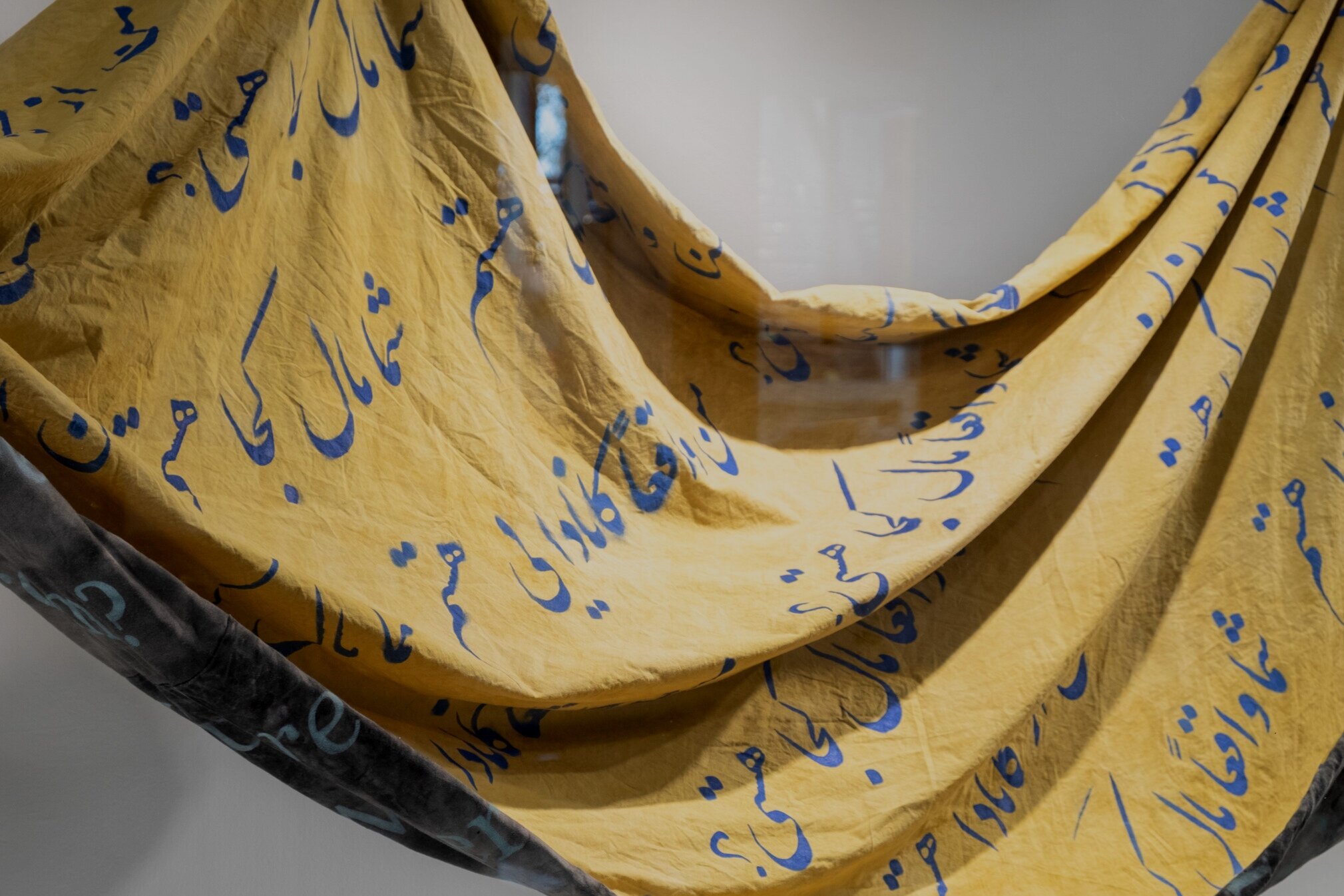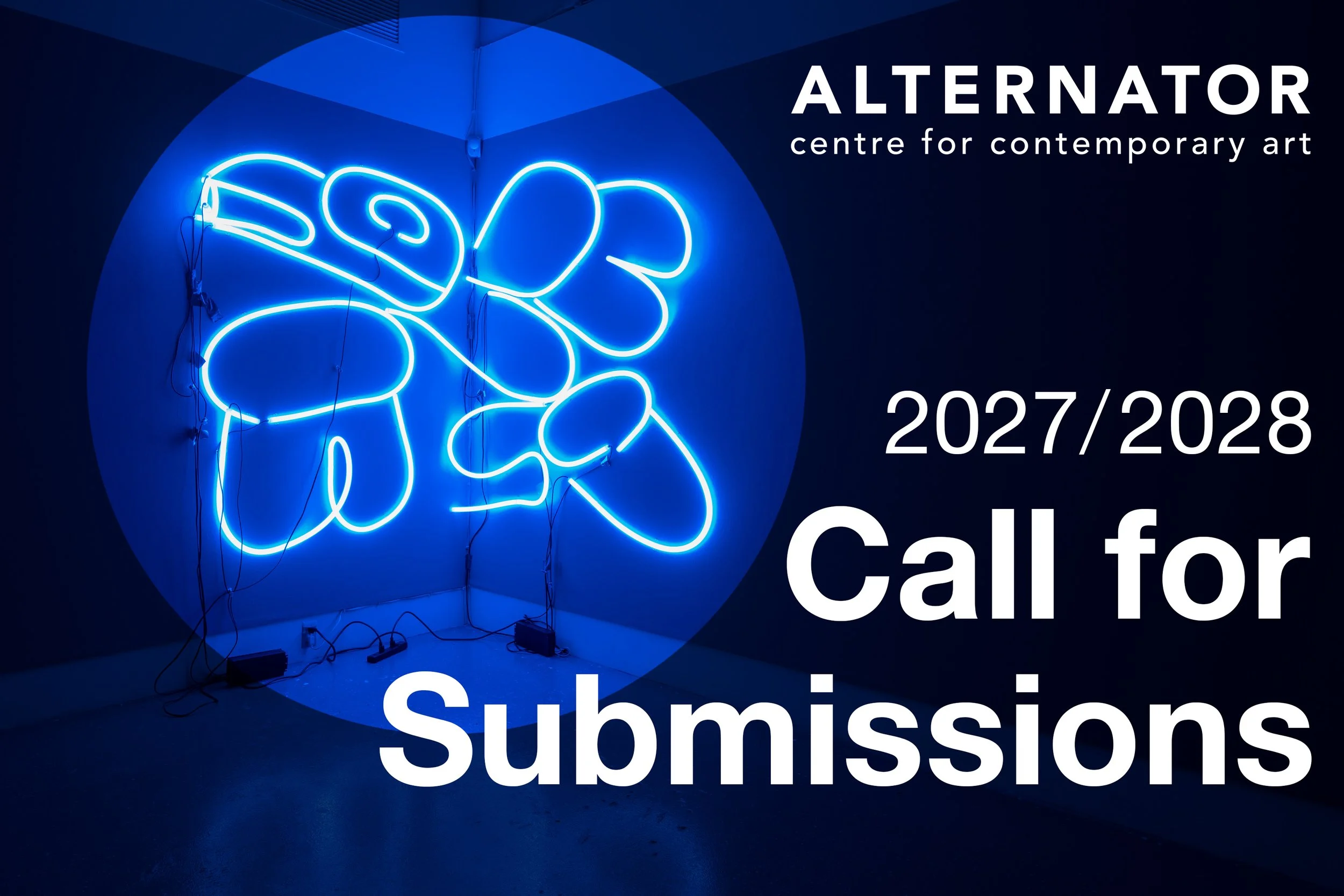
Moozhan Ahmadzadegan // Where Are You Really From?
Moozhan Ahmadzadegan‘s Where Are You Really From? is an exploration into the complex intersections of ethnicity, cultural hybridity, and nationality
Ahmadzadegan is an artist based on the traditional lands of the Syilx Okanagan People, also known as Kelowna, with a Bachelor of Fine Arts from UBC Okanagan. He is interested in the ritual conversation he frequently finds himself having as an Okanagan resident. He is often asked the question “where are you from?” by strangers upon first meeting. He responds, as a second-generation Canadian, that he is from Canada. The follow-up question is almost always the same, “where are you really from?”.
Language plays an important role in this work in two ways. On one level, he is interested in the way language can be used to unintentionally "other" individuals. On another, he employs the use of Farsi and English text to navigate his cultural hybridity, exploring the ways in which both cultures overlap, blend together, and resist one another.
Ahmadzadegan uses communication and language as investigative tools into the ways we navigate our own experiences, identities and our perception of the 'other' to prompt viewers to consider their own biases and challenge what is understood to be 'Canadian'.
To view more of Moozhan’s art, check out his Instagram @moozhans_art








